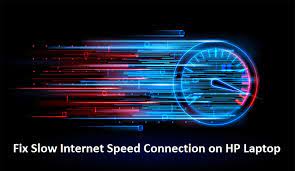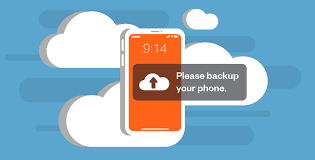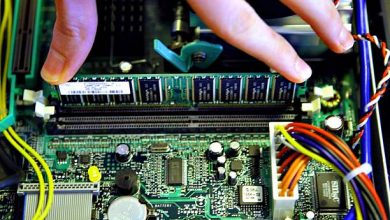
Communication, pleasure, and work can all be negatively impacted by a poor internet connection. It’s time to go in and troubleshoot when the internet speed on your laptop starts to crawl instead of fly. There are measures you can take to detect and fix the issue if you’re having trouble with buffering while streaming, lag in web page loading, or delays in online gaming. This detailed tutorial will help you troubleshoot your laptop’s slow internet connection:
Memory or CPU use may not always be the cause of a sluggish machine. In case YouTube videos are stuttering and buffering, or you are unable to upload files, it might be the result of an issue with your Internet connection. How to clean Aluminium window frame (All you need to know)

If you’ve ever called your ISP to seek assistance in troubleshooting sluggish Internet speeds, you are aware that they will question you nonstop before taking care of the issue.
This short checklist for troubleshooting the Internet might help you save a lot of time.
Read Also: Free Online College Degree (All You Need To Know)
1 Reset Your Network Adaptor
Possibly the easiest solution is to reset your network adapter. Right-click on the Internet Access icon in the Windows Taskbar. Go to ‘Troubleshooting’. After that, Windows will attempt to diagnose issues and frequently reset the network adapter automatically.
Usually, this is sufficient to increase your Internet speed.
In other cases, you might need to carry out the troubleshooting by yourself. your network adapter reset, the issue should be fixed. In other cases, Windows troubleshooting is insufficient to resolve the issue.
2 Restart your modem and router:
Sometimes the simplest fixes work the best. After turning off your modem and router, give them a minute before turning them back on. This procedure can restart the connection and fix any transient issues that may be the source of the slowness.
3 Restart Your Modem and Your Router
Often, all you need to do is restart your router (most of us connect a WiFi router to the modem these days so we can access the Internet throughout the house) and modem, the piece of gear your ISP gives you. How to Attract a Leo Man (Effective Ways)
Make careful you turn off the router after turning off the modem. Hold on for 10 seconds. After that, insert the modem. Switch on your router after the modem is completely functional, i.e., all green lights are on.
Read Also: Accredited Online College Degrees (Ultimate Guide)
4 Update Network Drivers:
Outdated or corrupted network drivers can lead to connectivity issues and slow internet speeds. Update the drivers for your laptop’s network adapter to ensure compatibility with the latest protocols and optimizations.
5 Get Help from Your ISP
Usually, this is sufficient to speed up a sluggish Internet connection. It’s time to get assistance from your ISP if your Internet is still not working or is operating slowly.
6 Utilize a LAN connection or Purchase a Dual-Band Router
Your ISP might not be able to assist you increase Internet speeds if you rely on a WiFi modem and reside in an apartment complex. Several WiFi networks will compete with one another for available channels if there are too many of them in one place. Your router will look for a free channel if one gets too congested.
You won’t be able to access the Internet if there are too many WiFi networks in your area and no free channels are available. How to delete a corrupted file (All You Need to Know)
In this situation, a dual-band router can be the answer. By utilizing a LAN connection to connect your PC straight to your router, you may also avoid using WiFi.
7 Limit Background Applications:
Your browser or other online activities may suffer from competing background apps and processes that use up network resources, which might cause your internet connection to lag. To free up bandwidth for your present job, close any background apps and processes that aren’t needed.
8 Employ a Wired Connection
If your laptop is capable, you might use an Ethernet cable to connect straight to the router rather than depending on Wi-Fi. Wireless connections provide quicker and more reliable rates than wireless ones, particularly in densely populated Wi-Fi areas.
Read Also: International Scholarships( Where, When and Requirements)
9 Speak with your internet provider
Contact your internet service provider for help if you have tried every troubleshooting solution and your internet speed is still poor. They can identify problems with your connection and take action to fix them, which may include sending a technician or modifying settings.
In conclusion,
a slow internet connection on your laptop can be frustrating, but with the right troubleshooting steps, you can identify and address the underlying issues. By following these ten steps, you can optimize your internet speed and enjoy a smoother online experience. Remember to stay patient and methodical in your approach, and don’t hesitate to seek professional help if needed.




